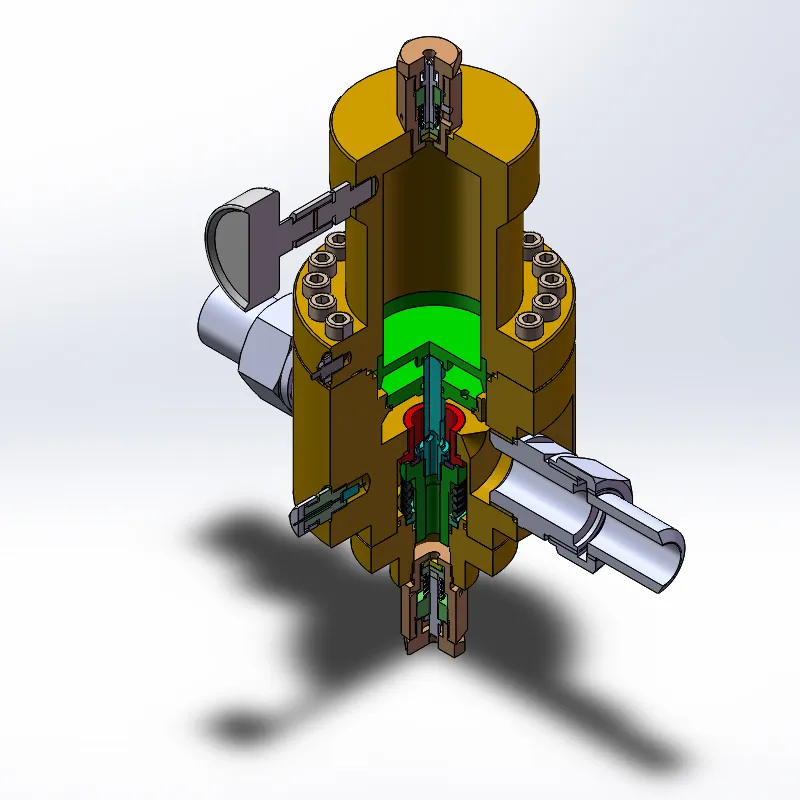
Nov . 27, 2024 08:29
Back to list
Exploring the Benefits and Applications of Liquefied Petroleum Gas in Modern Energy Solutions
Liquefied Petroleum Gas An Overview
Liquefied Petroleum Gas (LPG) is a versatile and efficient energy source that has gained significant popularity globally. Composed mainly of propane and butane, LPG is produced from both natural gas extraction and crude oil refining. As a clean-burning fuel, it serves a variety of purposes, from heating homes and fueling vehicles to powering industrial processes. Its unique properties and extensive applications have made it an essential energy source in many parts of the world.
One of the most notable features of LPG is its efficiency. When used as a fuel for heating and cooking, LPG provides a high energy output with lower emissions compared to other fossil fuels. This characteristic makes it an environmentally friendly option for domestic and commercial applications. In addition, LPG's combustion produces fewer particulates and greenhouse gases, contributing to cleaner air quality.
.
LPG's versatility extends beyond heating and cooking. It is widely used as an automotive fuel, particularly in countries that promote environmentally friendly alternatives to traditional gasoline and diesel. Autogas, a term used for LPG in the automotive sector, offers a cleaner burning option that reduces emissions and can lead to lower fuel costs for drivers. In many regions, governments provide incentives for the adoption of LPG as a vehicular fuel, further enhancing its popularity.
غاز البترول المسال

In the industrial sector, LPG serves as a vital energy source in various applications, including food processing, metal fabricating, and chemical manufacturing. Its high calorific value and ability to provide consistent heat make it suitable for processes that require precise temperature control. Additionally, LPG is used as a feedstock for producing chemicals and plastics, illustrating its critical role in the broader economy.
However, like all energy sources, LPG comes with its set of challenges. Safety is a primary concern, as LPG is highly flammable and can pose risks if not handled properly. Standard safety measures, such as proper ventilation and leak detection systems, are necessary to minimize hazards. Additionally, while LPG is cleaner than many fossil fuels, it is still a hydrocarbon and contributes to carbon emissions, emphasizing the need for a transition to more sustainable energy sources in the long term.
As the world grapples with climate change and seeks to reduce carbon footprints, the role of LPG is evolving. It is often seen as a transitional fuel toward cleaner energy alternatives like electricity and renewables. Various countries are investing in infrastructure and technology to facilitate this shift, ensuring that LPG remains a key player in the global energy landscape.
In conclusion, Liquefied Petroleum Gas stands out as an efficient, versatile, and cleaner-burning energy source. Its applications range from household cooking and heating to powering vehicles and supporting industrial processes. While it presents certain challenges, its benefits have solidified LPG's position in the energy market. As the world moves towards more sustainable energy solutions, LPG may serve as a crucial bridge in the journey, balancing immediate energy needs with long-term environmental goals.
Latest news
-
Safety Valve Spring-Loaded Design Overpressure ProtectionNewsJul.25,2025
-
Precision Voltage Regulator AC5 Accuracy Grade PerformanceNewsJul.25,2025
-
Natural Gas Pressure Regulating Skid Industrial Pipeline ApplicationsNewsJul.25,2025
-
Natural Gas Filter Stainless Steel Mesh Element DesignNewsJul.25,2025
-
Gas Pressure Regulator Valve Direct-Acting Spring-Loaded DesignNewsJul.25,2025
-
Decompression Equipment Multi-Stage Heat Exchange System DesignNewsJul.25,2025

